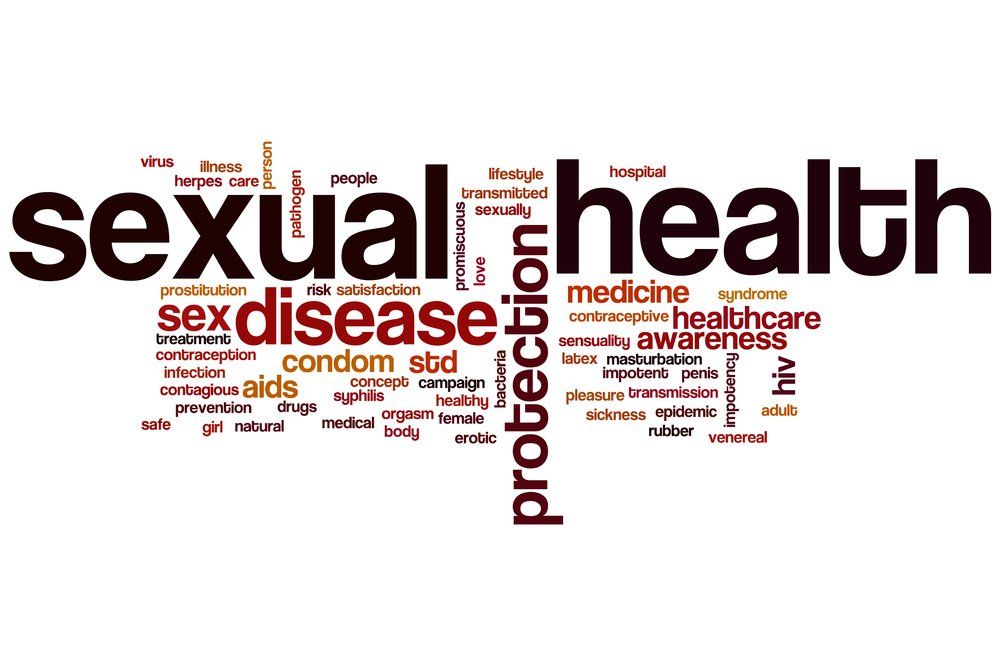Article
STI epidemic: Are home testing kits the solution?
Author(s):
Sexually transmitted infections are on a dramatic upswing, according to the CDC, leaving physicians and health officials looking for solutions

Sexually transmitted infections (STI) are on a dramatic upswing, according to the Centers for Disease Control (CDC).
Yet patients may be reluctant to seek STI testing for reasons ranging from embarrassment to inconvenience. Could home testing kits, which allow patients the convenience and privacy of testing for STIs outside of a clinical setting, make a difference?
Carlos Malvestutto, MD, MPH, an assistant professor of infectious diseases at the Ohio State University Wexner Medical Center in Columbus, Ohio, thinks so.
“We’re in the midst of an STI epidemic. Incidence of gonorrhea is the highest it’s been in many years, and in Columbus we’ve had a significant syphilis outbreak. Anything we can do to make it easier for people to access testing, I’m in favor of that,” he says.
Home testing kits already exist for a variety of STIs including gonorrhea, chlamydia, syphilis and even HIV. For most of these tests, a swab of the cervix, rectum, penis or even a simple blood stick can be taken at home and sent into an affiliated lab.
With HIV, Malvestutto recommends a lab-based blood test, however, as a drop of blood taken at home may not provide an accurate answer, leading to a false negative, which can be dangerous. He explains that 15 percent of those with HIV are living with it undiagnosed because they haven’t had testing and don’t have symptoms.
Most of these home tests can be sent into a lab, either affiliated with the patient’s healthcare provider, or through one linked to the testing company, and the results typically become available online within a few days, he says. That information can be relayed to a healthcare provider, or it may be up to the patient to send the information in directly.
In many cases, a provider may be able to prescribe antibiotics or other treatment over the phone, sent directly to the patient’s local pharmacy.
“Some services have access to a counselor by phone who will answer questions about test interpretation and direct the patient for treatment and care available in their local area,” Malvestutto says.
One of the downsides of home testing kits is price, with some of them costing upwards of several hundred dollars. This makes it cost prohibitive to many people, including those who are often at highest risk, Malvestutto says.
Most community health clinics offer free or low-cost STI testing, but Malvestutto says that’s inconvenient or uncomfortable for many patients. “They don’t want to wait in a waiting room then get called to be tested and go through all that.”
He also has some concerns that if the home testing company is not linked to a healthcare provider or does not offer medical counseling following a positive result, that some patients may not seek the follow-up care.
It’s most important, he says, for physicians to promote and normalize the idea of STI testing, but especially for HIV. “The CDC recommends anybody between the ages of 13 and 64 should have HIV test done at least once in the life. And if they’re at risk of acquiring HIV, then testing should be frequent.”
He also urges physicians to remind patients of prEP, the HIV pre-exposure prophylaxis. Patients who are at everyday risk of HIV can take it to protect against infection though he also urges reminding them of the importance of physical prophylaxis.
No matter how patients get their testing done, Malvestutto says the more ways STI testing is available, the better. “The sooner you diagnose and treat somebody, then you are not only preventing the complications that come with untreated STIs for the patient, but from a public health perspective, you’re also able to stop further transmission.”





